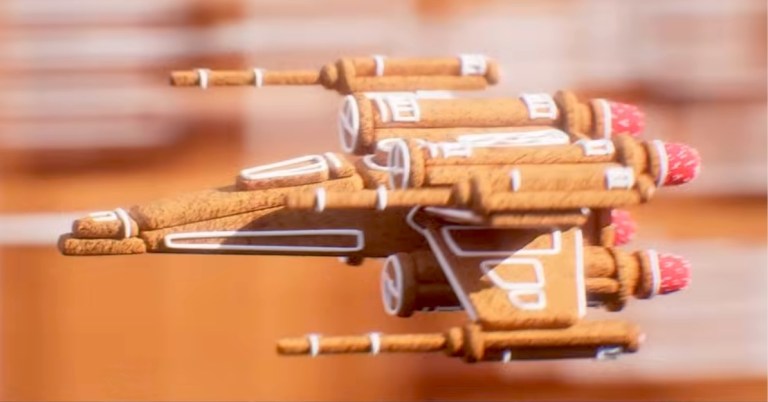A Explanation of What Occurs Inside the Body When Knuckles Are Cracked
In a new episode of the informative trivia series Today I Found Out, host Simon Whistler explains why cracking one’s knuckles does not cause arthritis, what actually occurs during the knuckle cracking process and what happens to knuckle crackers over time.
Your knuckles are also covered by a joint capsule known as your synovial capsule. There’s fluid within this capsule known as synovial fluid. This fluid provides the lubrication and nutrients needed for the joint and surrounding bone. This fluid also contains several gases (oxygen, nitrogen and carbon dioxide). When you crack your knuckles, you stretch out the synovial capsule creating a negative pressure within the joint. This pulls the gasses out of the fluid in the form of a bubble which bursts to create the popping sound. …So does the constant “popping” of the gases within the synovial fluid cause the “excessive wear and tear” that can cause osteoarthritis? There have been several studies that looked at this question, and none have shown that habitual knuckle cracking causes wear and tear. One study looked at 300 patients over 45 years old and found that among the worst knuckle crackers there was no increase in the incidence of arthritis. They did find, however, that the more you cracked, the lower your grip strength was over time
.






